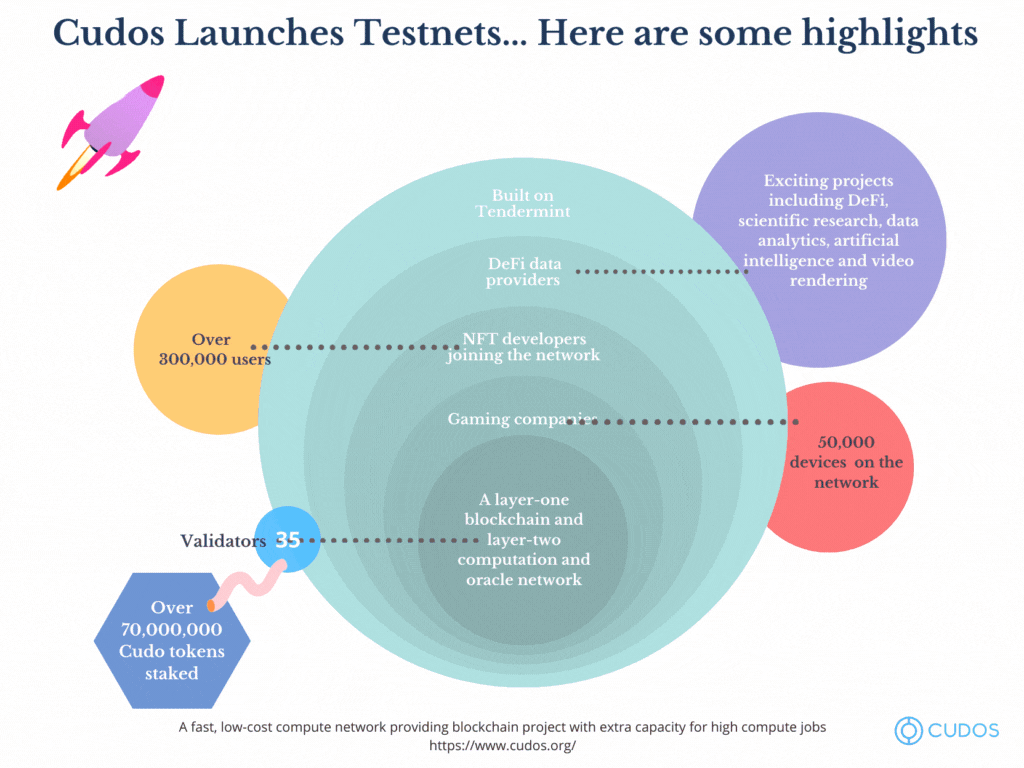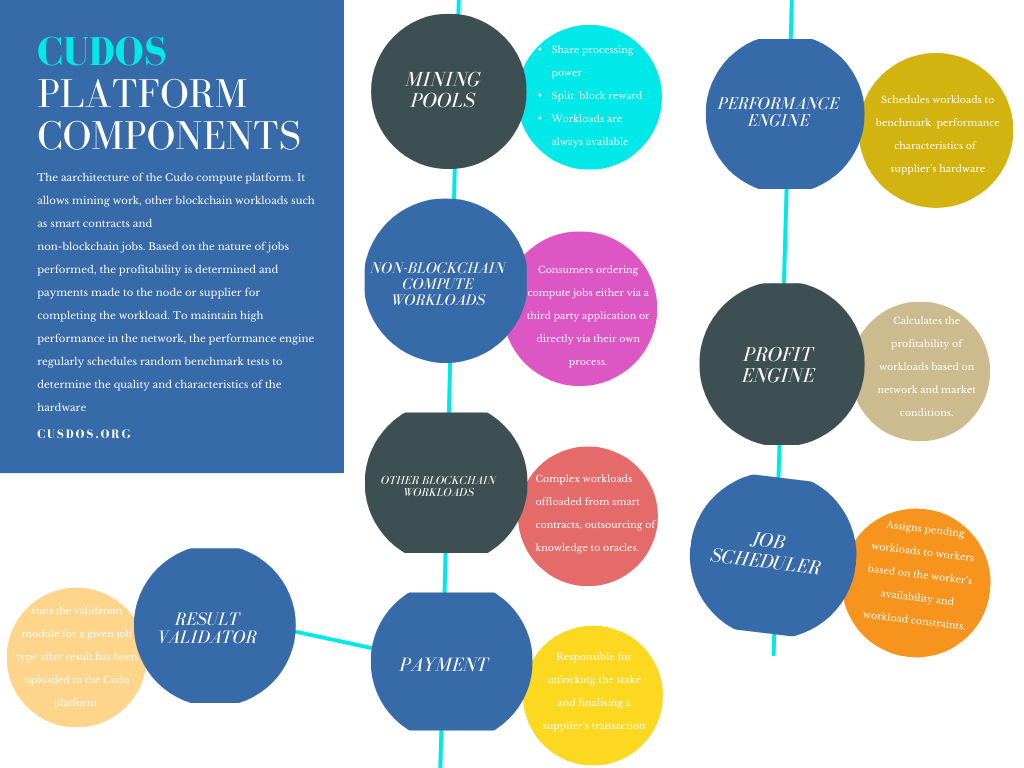Cudos network is a decentralised computing network that provides extra computing power for blockchain projects to perform tasks outside their network via smart contracts. Cudos has built a layer-1 architecture that interacts with blockchain smart contracts to take jobs from developers for execution on the Cudos platform. Imagine a blockchain project seeking to perform video rendering which will require more resources not supported by the blockchain network. Cudos provides a 3-layer network to connect blockchain networks to extra computing resources pooled from third-party server providers.
Cudos recently launched the testnet and will soon go live to change the world of smart computing.
Some of the technical components of the Cudos platform and network are examined below in view infographics.
- Error Handling on Cudos Network
Developers may get errors for jobs submitted to the network for computing. These jobs may however fail for several resources. Below are some possible reasons your Cudo jobs may be failing.

2. The Cudos Testnet is Live
Some key highlights of the launch include
1. Over 300,000 users so far are on the platform
2. 35+ validators on the network
3. More than 50,000 devices pooled on the network
4. 70million Cudos token staked by resource providers

3. Custom Workloads on Cudos
The user of the Cudos network and platform can also create their workloads for execution. However, they must meet the basic criteria by presenting the following
- Workload image: The Ingress function uses data from the ingestion engine to create a workload image
- Validation component: This is responsible for app-specific automated validation rules the can be used to verify a job has been completed properly.
- Egress function: This executes upon successful completion of a job and it is responsible for taking the completed work and uploading it
- Estimation Component: This makes estimates of the execution of jobs using the inputs.
4. Cudos platform components.
The platform is made up of different components of the architecture. For instance, the profit and performance engines serve different purposes. The profit engine calculates the rewards after each task while the performance engine regularly checks that all resources are functional. There are also mining pool components, a payment engine and the scheduler to make sure every resource is getting jobs to perform.




